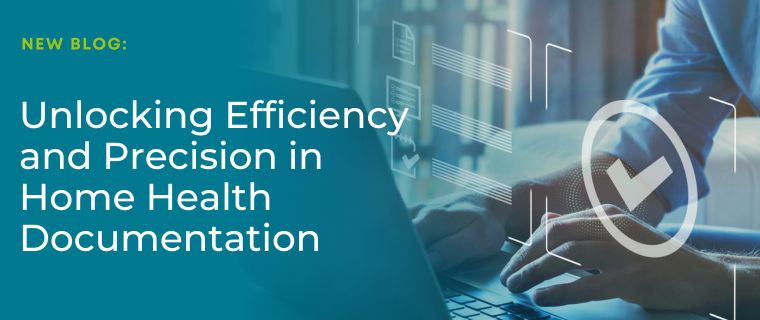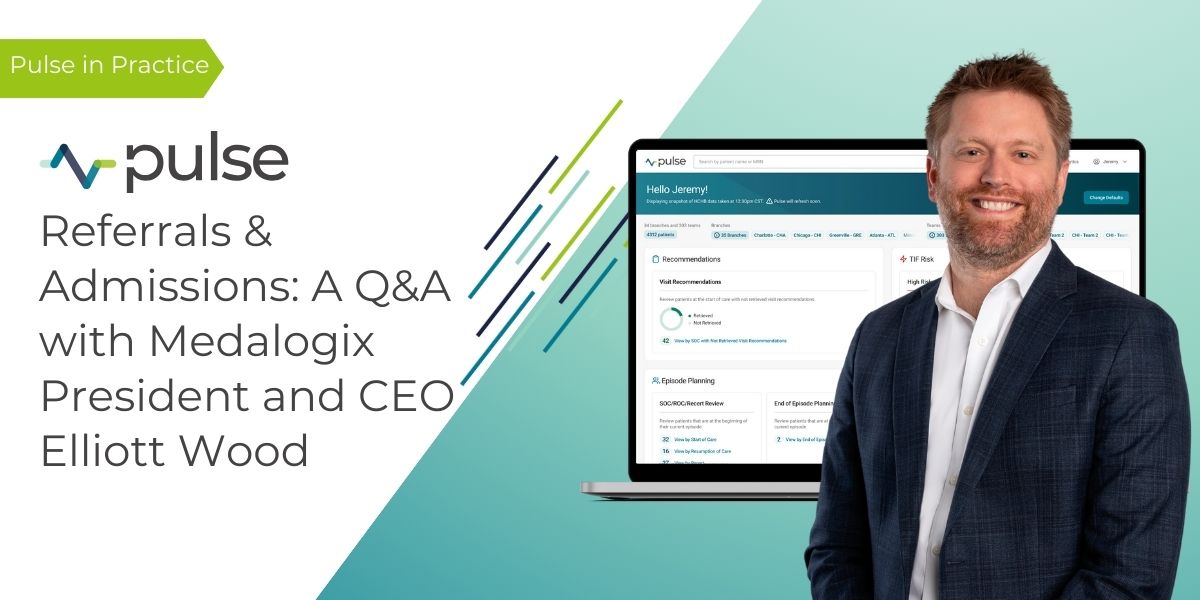Why Hospice is More Important Today Than Ever Before
As the Affordable Care Act drives all healthcare providers to find ways to improve outcomes in an environment of declining reimbursements, it’s important to consider how healthcare as a whole can increase efficiencies by providing hospice and palliative plans to those end-of-life patients who need it most. A few facts to consider:
By 2020, the number of people living with at least one chronic illness will increase to 157 million. Today, seven out of ten Americans die from chronic disease.
Approximately 68 percent of Medicare costs are related to patient with four or more chronic conditions—the typical palliative care patient.
The costs of patients in critical care with chronic disease and multi-organ failure—heavily the elderly and those for whom death is a common but not an immediate outcome—are exceedingly high. The top 5 percent of such patients account for nearly half of spending (more than $600 billion a year), and the cost per capita of 1 percent of such patients is $90,000 compared with $236 per capita of the bottom 50 percent.
If you’re starting to think my suggestion to bolster palliative care is singularly financial, consider the study excerpts below:
According to a 2010 study in the New England Journal of Medicine, patients receiving early palliative care experienced less depression, improved quality of life and survived 2.7 months longer.
According to Dartmoth’s Atlas of Health Care, more than 80 percent of patients with chronic diseases say they want to avoid hospitalization and intensive care when they are dying.
Seven out of 10 Americans say they would prefer to die at home, according to a CNN poll, but according to centers for disease control, only 25 percent do.
Bottom line: Hospice is not a bleak sentence, it’s a healthy option preferred by patients and their families.
Maggie Riley, a nurse practitioner at the Atlanta VA Medical Center puts it this way: Palliative care is about therapeutic relationship-building and interpersonal skills. It’s about listening intently, restating and reclarifying, so that you understand what a patient knows and what he needs or wants to know in order to make good decisions.
Serious illness affects a person physically, psychologically, socially and spiritually.
Patients are often confused about many aspects of their situation. Some can’t comprehend what they’ve been told about their disease state and their likely outcomes. Others don’t understand their treatment options or know about their medical benefits. In some cases, they may be hoping for a cure that is not possible.
Patients and their families need to know and understand their options.
Riley says it like this: No one wants to talk about these things but talking about them early can relieve stress and suffering, and make sure that a patient’s wishes are honored.
Having these discussions is terribly difficult but absolutely necessary. Not because the cost to care for these patients is reduced when they accept the inevitable, but because we have access to data driven tools that provide the benefit of time—time that can be used to ensure quality of life.
On a personal note, I don’t want my parents and loved ones to exit this world in the clinical sterility of a hospital room surrounded by dedicated and capable strangers, but strangers nonetheless.
Further, I unequivocally do not want to die in a hospital. I, am one of the 70 percent of Americans who wants to die at home. I will be in my bed, surrounded by people who love and care for me who are all bawling in an almost debilitating manner such that I am afforded one last little dose of ego stroking before I go. But that’s just me.
We, as a healthcare community, have the tools to make this scene—tears or no tears—a reality for more people than we ever have before. Predictive modeling is the answer. It can analyze clinical data and glean from that data a comparative insight into a patient’s likely term far earlier and more accurately than ever before. These analytics can provide families and patients a longer runway to consider, evaluate and understand their options. What critically ill patient wouldn’t want to be made aware of palliative options if it meant a more comfortable existence and possibly even a longer one?
One of the fibers of our fabric as American’s is an attitude of eternal optimism and perseverance.
Never Give Up! are undeniably words to live by, but not to die by.
It is incumbent upon us to embrace our inevitable mortality when that stage is reached. It is incumbent upon us to guide patients into the right care venues to afford them an opportunity to seize and savor that last segment of life.
Thirty days of pain free-time at home with my loved ones is a far better option for me and for most people, than six months of procedures and needles and hospital rooms. We owe it to our patients to give them this option and we have the tools to do so.
As delineated in the bullet points above, there is a major mismatch between people’s preferences for where they would like to die and their actual place of death. We can and should improve upon this. That is why using the emerging predictive technologies to better deliver hospice and palliative care is more important now than ever.
Related Blogs

Unlocking Efficiency and Precision in Home Health Documentation
Home health teams operate in diverse and uncontrolled settings, ranging ...

Pulse Referrals & Admissions: A Q&A with Medalogix President and CEO Elliott Wood
With our new Referrals & Admissions module now available for purchas...

Transforming End-of-Life Care with Medalogix Muse at St. Croix Hospice
St. Croix Hospice, a nationally acclaimed hospice agency, has leveraged ...


